Nigella Lawson's best-ever cooking advice
When Nigella knew best
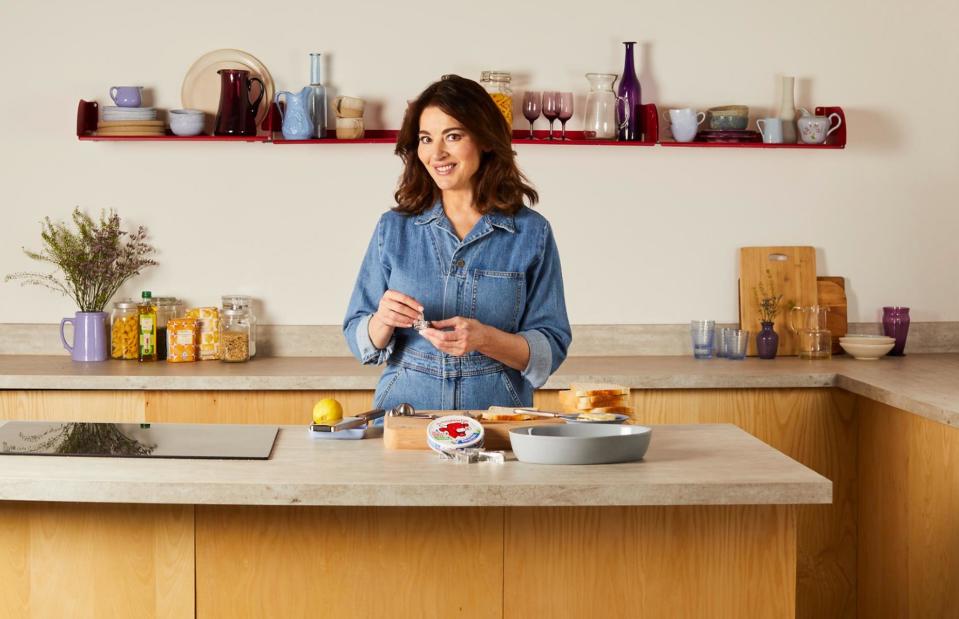
Courtesy of Ocado and Nigella Lawson
British cook, author and TV presenter Nigella Lawson is adored for her comforting, conversational style. She says: "Food, for me, is a constant pleasure. I like to think greedily about it, reflect deeply on it, learn from it..." She is equally famous for her bizarre but brilliant recipe tips, from buttering toast twice to throwing banana skins into curries. It's fair to say Nigella likes to do things a little differently – and she's usually right.
Discover Nigella’s most unusual recipe ideas and tips, which sound ridiculous – but prove she's actually a culinary genius.
Add cheese to bread and butter pudding
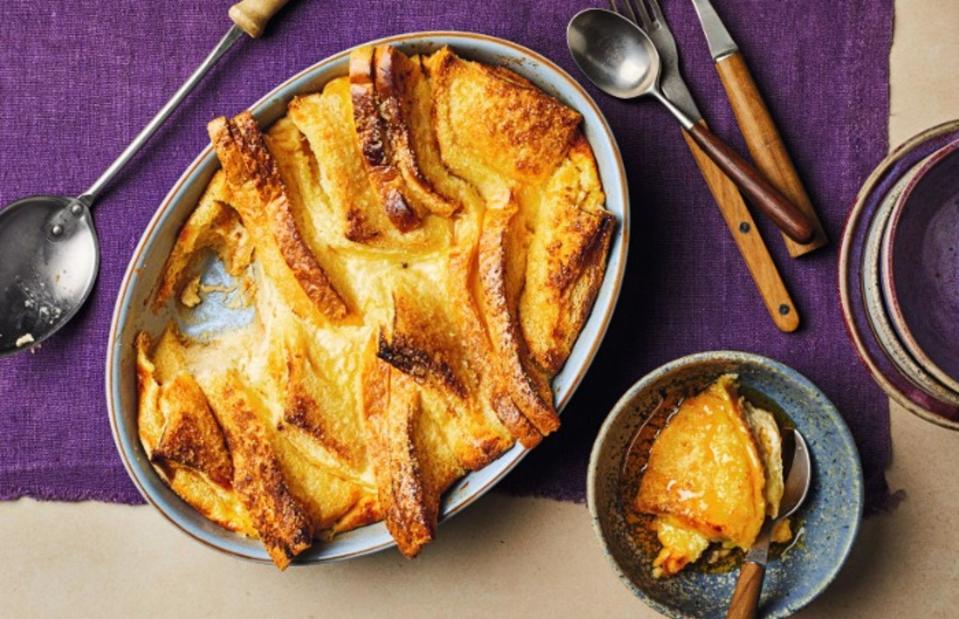
Courtesy of Ocado and Nigella Lawson
Nigella's take on the classic bread and butter pudding is steeped in the nostalgia of her childhood, when she would make the dish with her grandma. There's one surprising ingredient addition, though – Laughing Cow cheese triangles, which Nigella says were considered a treat when she was growing up. These give the dish a wonderful cheesecake-like taste, which pairs beautifully with the crunchy, sugary top.
Get Nigella's recipe for bread and butter pudding here
Cook your ham in Coca-Cola
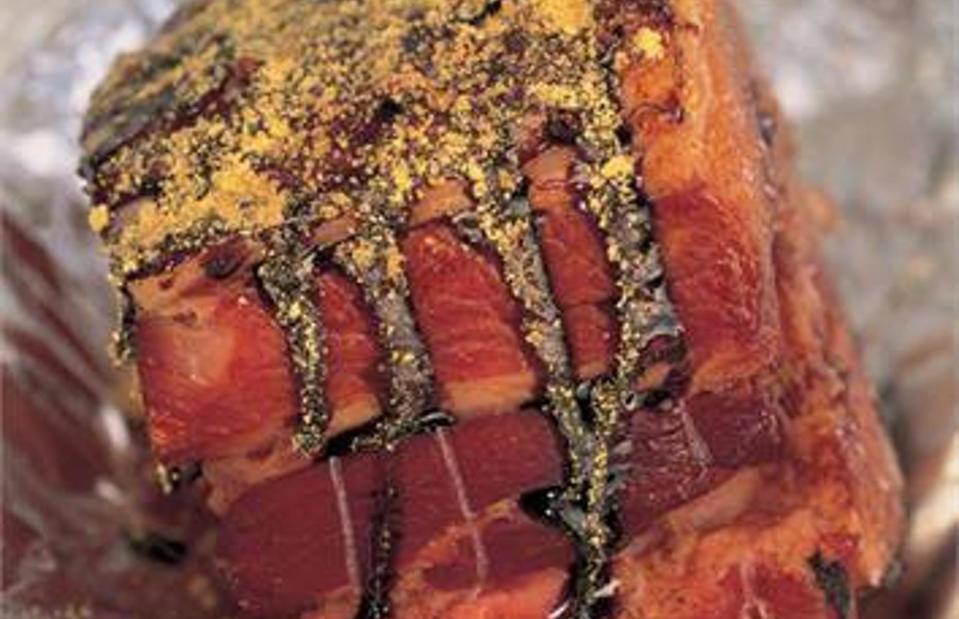
NigellaLawson/Facebook
It's now more than 20 years since Nigella suggested forgetting about the traditional honey and mustard glaze and instead introduced fans to the idea of cooking ham in Coca-Cola. The recipe, which appeared in the Nigella Bites cookbook, has more than stood the test of time. As she said in 2014: “Only those who have never tried this raise an eyebrow at the idea. Don't hesitate, don't be anxious: this really works.” Nigella also has recipes for ham cooked in ginger ale and cherry cola, but the sticky-sweet original is the standout favourite for us.
Butter your toast twice
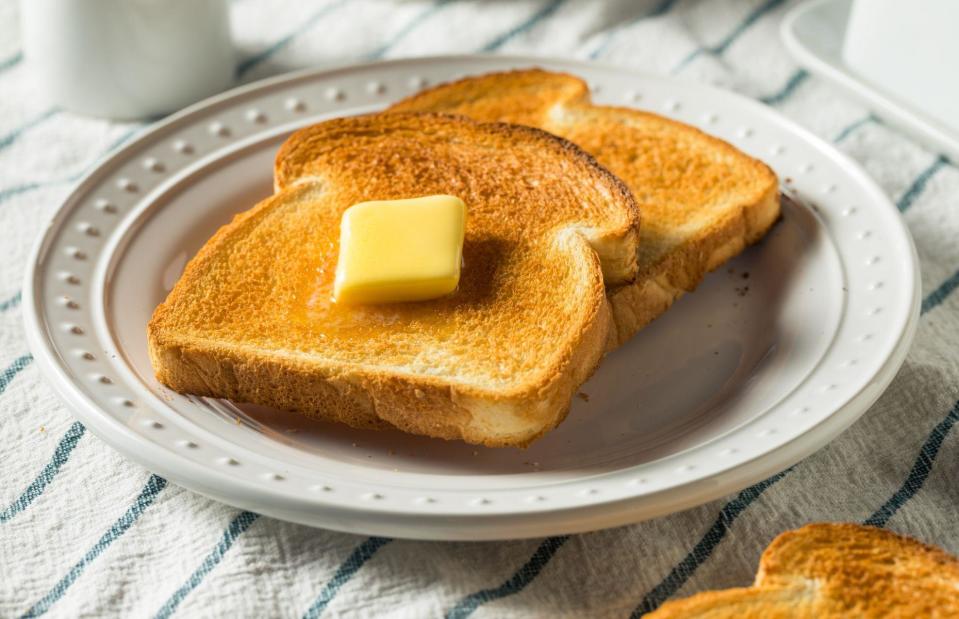
Brent Hofacker/Shutterstock
Nigella almost broke the internet in 2020 when she dared to offer a ‘recipe’ for buttering toast on her BBC Two TV series Cook, Eat, Repeat. In one episode, she spent a full five minutes explaining her ‘two-stage buttering approach’, which involves buttering the toast straight out of the toaster, letting it settle for a minute, then adding more butter, followed by a sprinkle of sea salt. Despite the uproar, we can’t see how more butter can ever be a bad thing.
Make some Marmite spaghetti
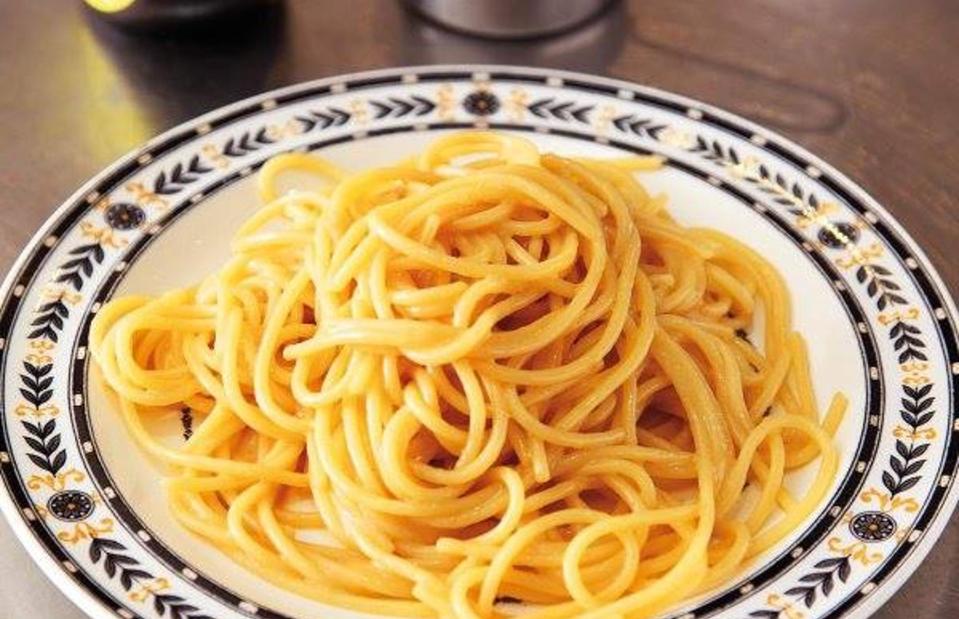
NigellaLawson/Facebook
You either love it or hate it, so the tagline goes, and this is definitely the case with Nigella’s divisive Marmite-heavy pasta dish. Her super-simple recipe calls for cooked spaghetti to be coated with butter, Marmite and plenty of Parmesan cheese for an explosion of umami flavour. The dish first appeared in her 2010 book Kitchen and it still ignites fierce debate to this day (it was famously labelled an 'abomination' on social media).
Add banana skins to curry

ch_ch/Shutterstock
Viewers were pretty taken aback when a thrifty Nigella suggested adding banana skins to a curry. On an episode of 2020’s Cook, Eat, Repeat, her recipe called for the fruit skins to be covered in boiling water along with turmeric and salt, before being cooled, chopped and added to a coconut-rich curry sauce. By way of explanation, she said: "It’s all about the texture and these always go so velvety and just swell and soften with the flavour of the curry sauce."
Drizzle liquorice on cheesecake
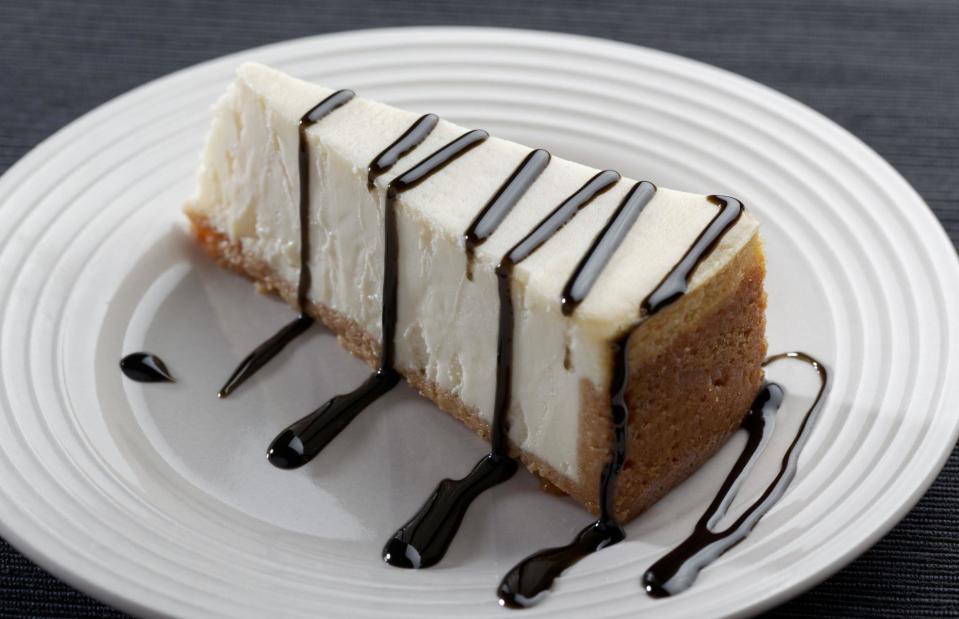
StockphotoVideo/Shutterstock
Another polarising ingredient, liquorice is a flavour that people either loathe or love, and Nigella is firmly in the latter camp – so much so that she keeps several varieties in her kitchen. While she concedes it can be ‘challenging’ and ‘corrosively salty’, Nigella uses liquorice to make a rich and sticky sauce for her Basque burnt cheesecake and declares the pairing to be sensational.
Add Parmesan to your French toast
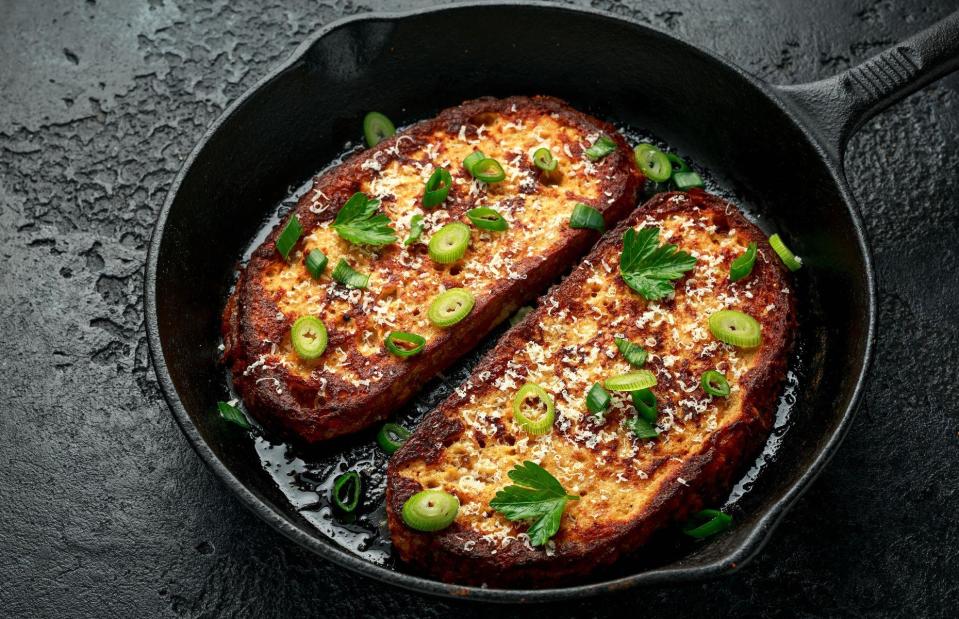
DronG/Shutterstock
We’re used to seeing French toast served with fresh fruit, lashings of syrup and icing sugar, but Nigella bucks the trend by soaking her bread in a savoury mix of egg, Parmesan, paprika, mustard and Worcestershire sauce, before frying it in butter until perfectly crisp. She says: “While obviously a contender for weekend brunch, this savoury take on French toast is, for me, a perfect early supper when I feel like something comforting and quick.” A garnish of chopped spring onions and parsley finishes the dish off nicely.
Whack your pomegranates
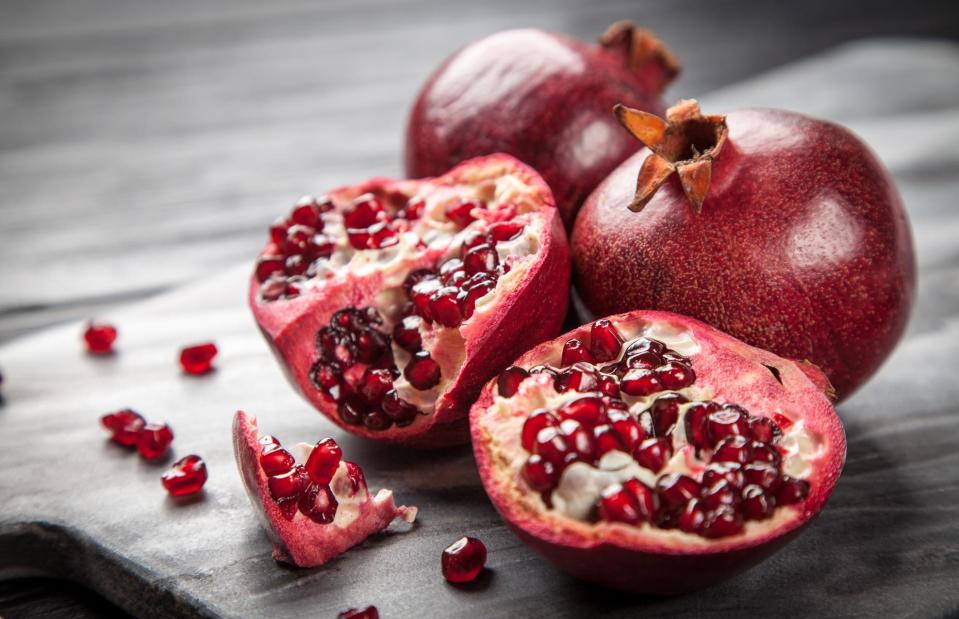
George Dolgikh/Shutterstock
While there are plenty of fiddly ways to remove the seeds from a pomegranate (using a needle to do the job being one of them), Nigella’s no-nonsense approach wins points from us. She suggests you simply halve the pomegranate, hold it cut side down over a bowl, then give it a good whack with a heavy wooden spoon. The seeds should come tumbling out.
Don't stuff your stuffing
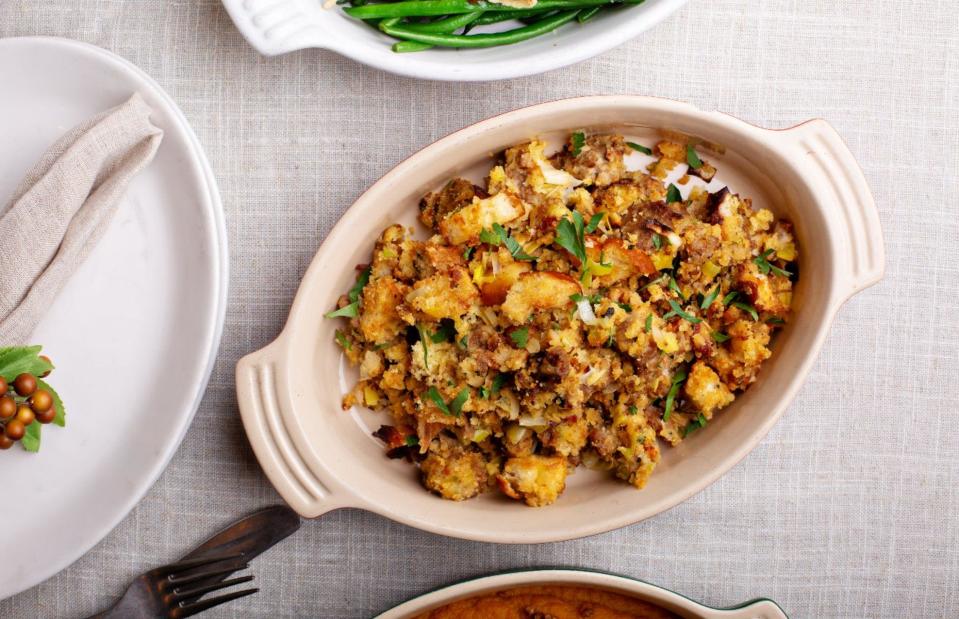
Elena Veselova/Shutterstock
Veering firmly away from tradition, Nigella doesn’t cook her stuffing inside the bird when making a roast dinner. Instead, she’s a fan of baking her sausage-meat stuffing in a dish alongside the roast, which she says makes life easier – particularly when cooking for a crowd. “A roasted slab of stuffing can be carved up to feed great numbers of people easily," she explains.
Try a steak burger
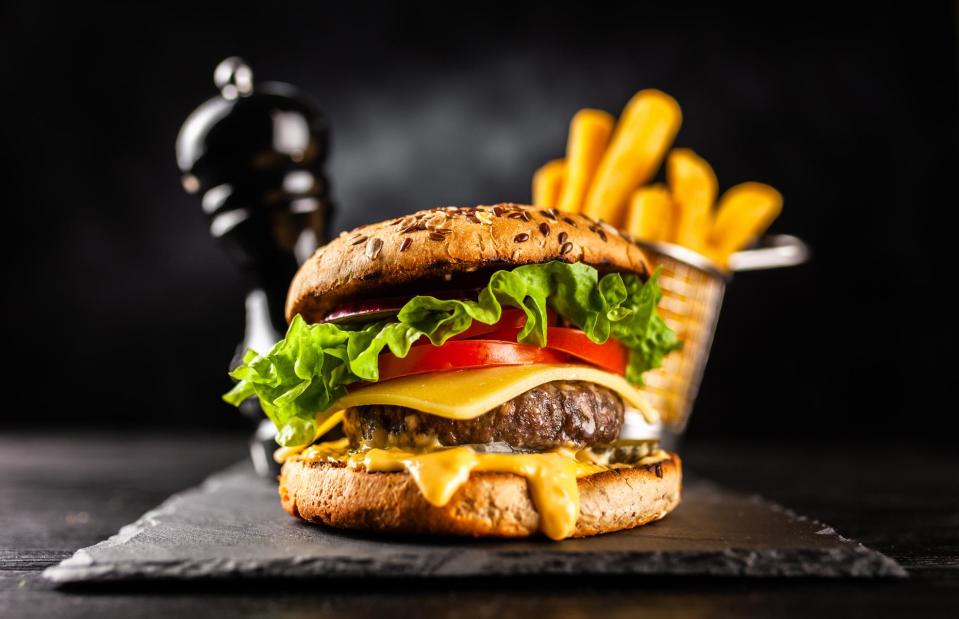
George Dolgikh/Shutterstock
Somewhat indulgently, Nigella uses sirloin steak to make her cheeseburgers. She trims off the fat, cuts the steak into strips, sprinkles it with a little sea salt, then leaves it, covered, in the fridge overnight. The next day, she brings the meat to room temperature and then minces it (she suggests using a food processor if you don't have a mincer), before forming the mix into patties. To finish, she brushes the patties lightly with oil, before cooking in a griddle pan and topping with Swiss cheese.
Roll your roasties in semolina
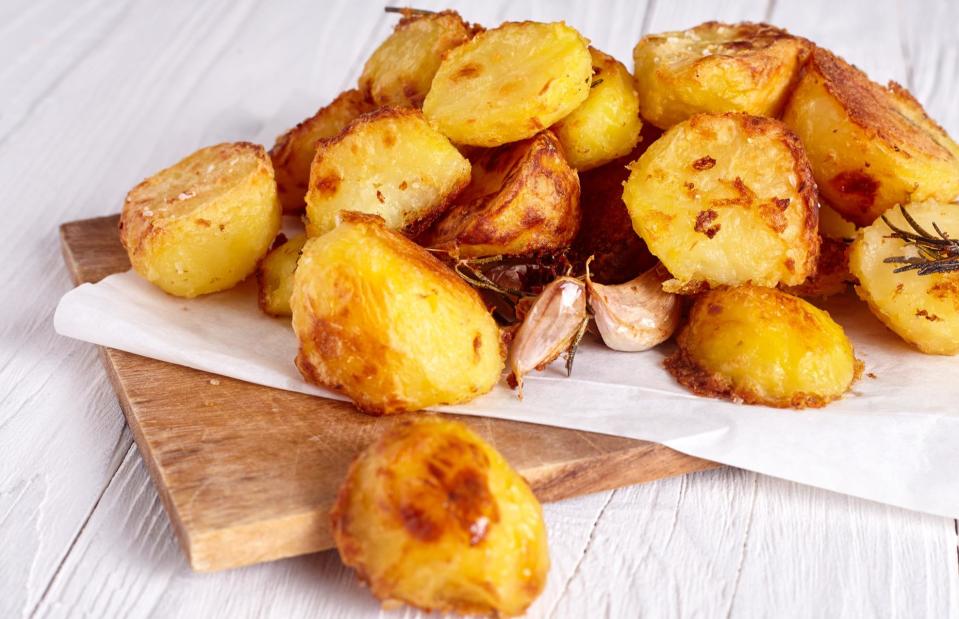
Olexy Bayev/Shutterstock
Nigella says that are three crucial things that will guarantee you great roast potatoes – and sprinkling them with flour isn’t one of them. Instead, she recommends using searingly hot fat (her preference is goose fat) and opting for relatively small potatoes, to optimise the contrast of crunchy outside to fluffy interior. She also says you should dredge the parboiled potatoes in semolina, rather than flour, and rattle the pan around to rough the potatoes up on the outside, so they catch in the hot fat.
Don't bother with self-raising flour
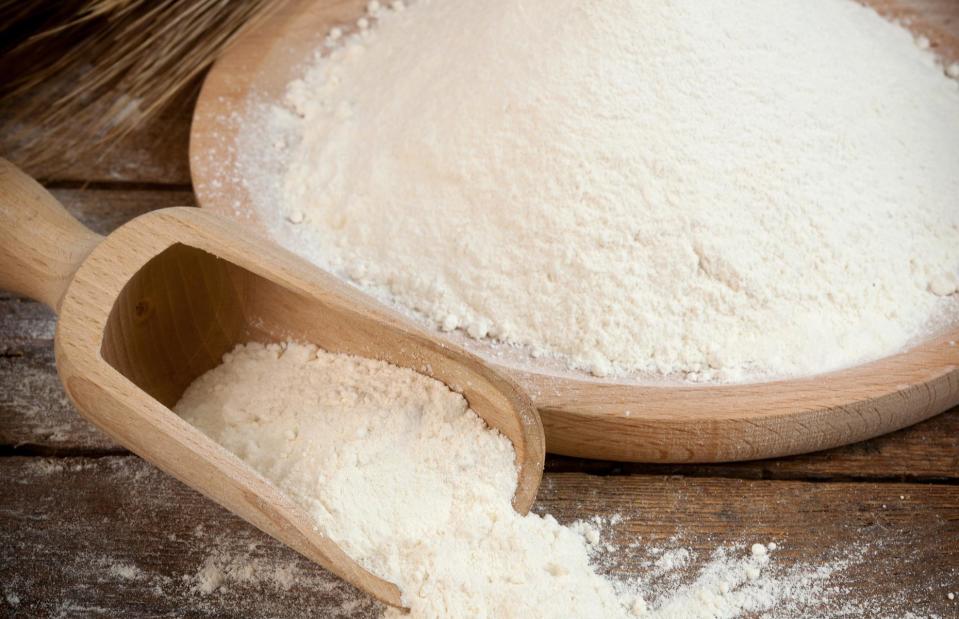
Antonio Granvante/Shutterstock
Rather than having half-empty bags of self-raising flour hanging around, Nigella suggests making your own by using 2tsp of baking powder per 6oz (150g) plain flour. Even more unusually, Nigella also makes the case for replacing plain flour with 00 flour (typically used for pizza and pasta) when making cakes and pastry. Because 00 is more finely milled, she explains, this results in lighter bakes and pleasingly elastic pastry.
Wear rubber gloves when peeling beetroot
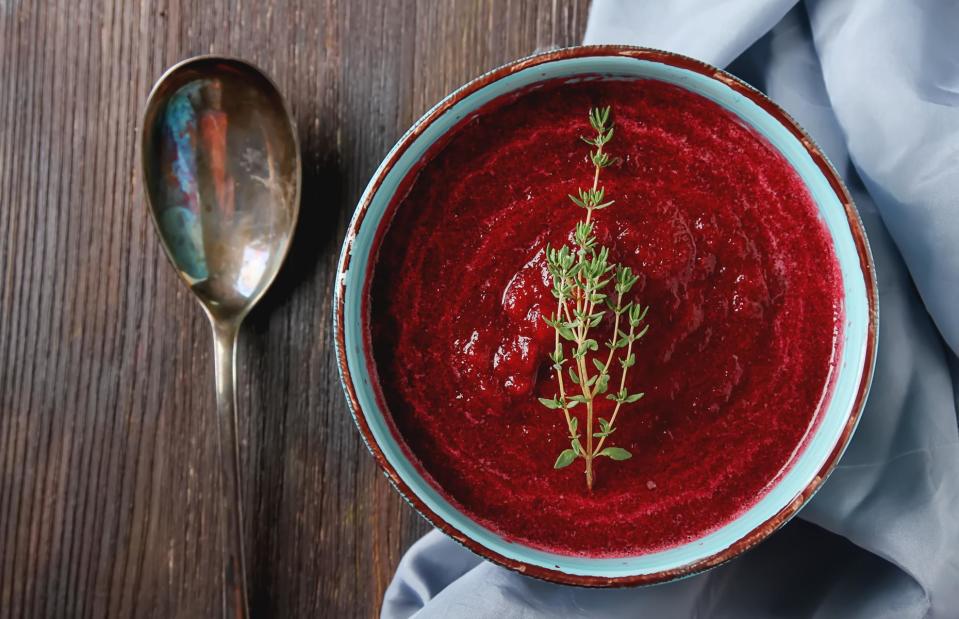
Gaus Alex/Shutterstock
Nigella's cookbook Feast features a vibrant beetroot and cranberry soup, aptly named Red Soup. In this recipe, Nigella advises you don your rubber gloves well before the cleaning up starts. In fact, she says, you should put them on before you peel the beetroot to prevent the vegetable from staining hands a deep purple colour.
Stock your freezer with chicken bones
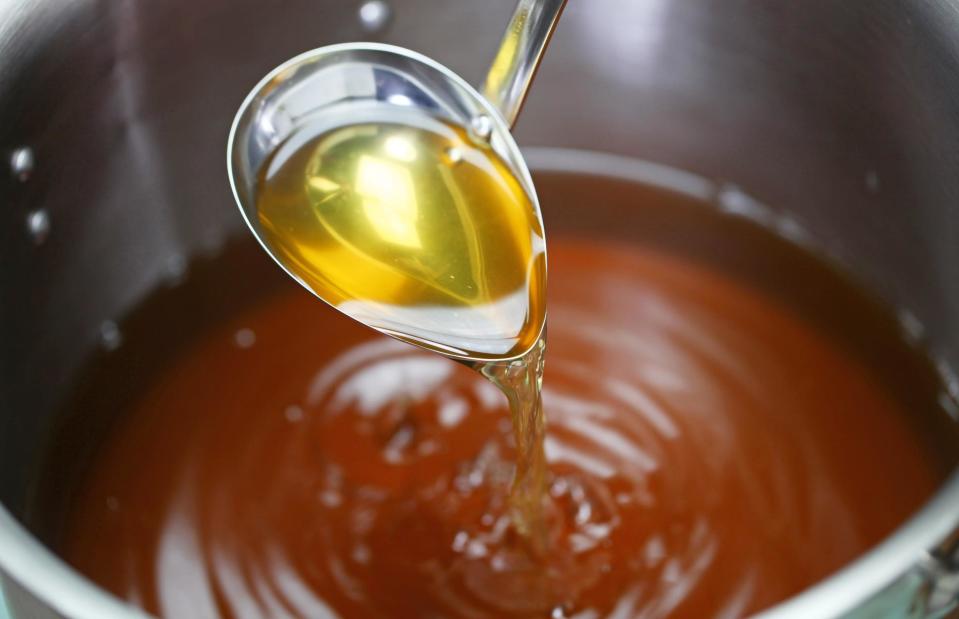
Bouchan/Shutterstock
One chicken carcass is never really enough to make a good, full-flavoured chicken stock, so Nigella suggests you save the bones and carcasses from a roast and stash them in the freezer. Once you’ve got at least three, you can crack on with your stock making.
Turn off that fan
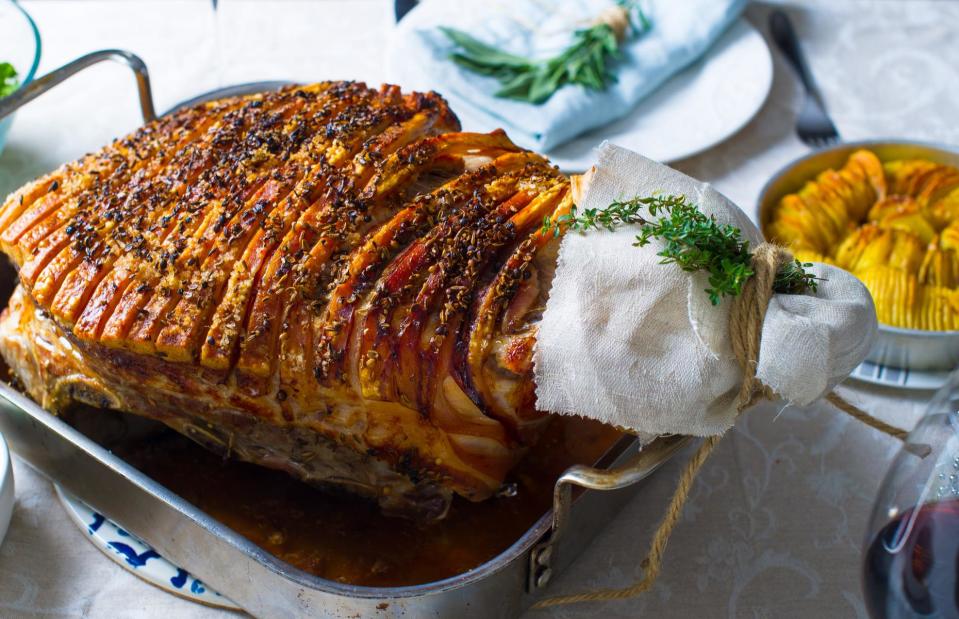
Nida Degutiene/Shutterstock
Because joints of meat and chicken can contain a high proportion of water, Nigella suggests turning off the fan function in your oven, if you can. This prevents all the water from evaporating and should ensure that the meat remains tender and juicy, rather than ending up tough and dry.
Make fries with a spiralizer
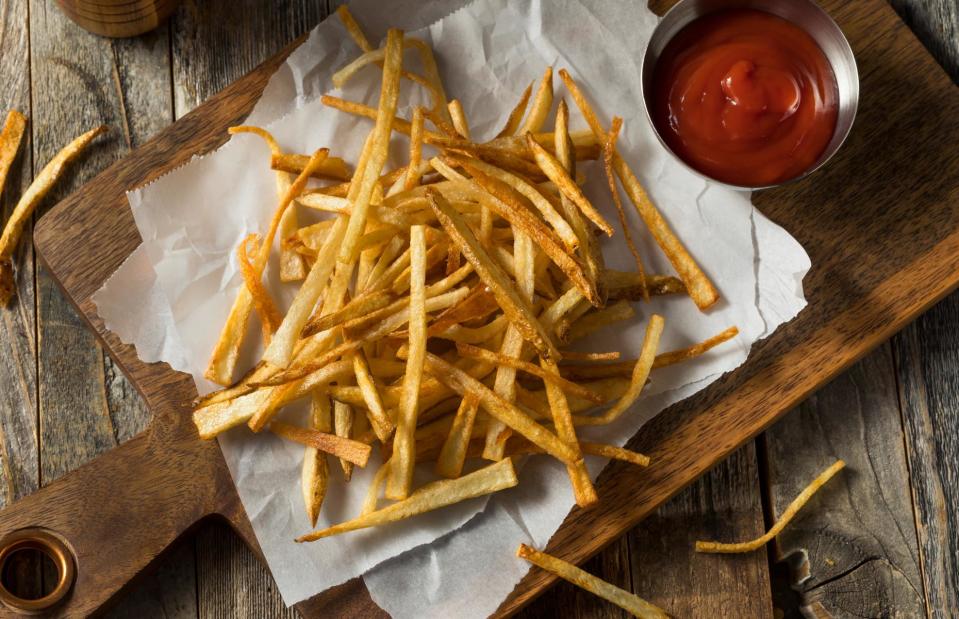
Brent Hofacker/Shutterstock
Forget about slicing potatoes for fries by hand. Instead, follow Nigella's example and make your spiralizer do the hard work for you. You’ll save on time and effort and end up with wonderfully crispy, crunchy chips. Serve with a burger made with sirloin steak (another top Nigella tip – see slide 10) and you’ll have yourself a seriously tasty meal.
Blanch and refresh cauliflower
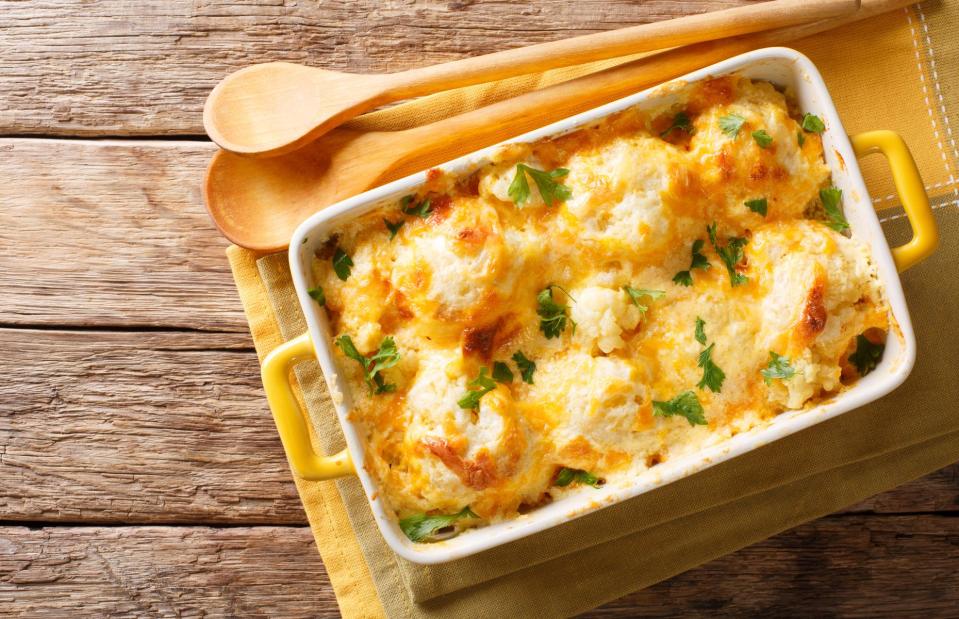
AS Food Studio/Shutterstock
If you've ever ended up with a slightly runny sauce when making cauliflower cheese, try the Nigella method. Put the cauliflower florets into cold water, bring them to the boil, then drain immediately. Refresh with cold water to stop them cooking, then leave to drain fully in a colander. You can then arrange the florets in an even layer in an ovenproof dish until needed, safe in the knowledge that they won't release excess moisture and water down your cauliflower cheese.
Coat your fish cakes in crackers
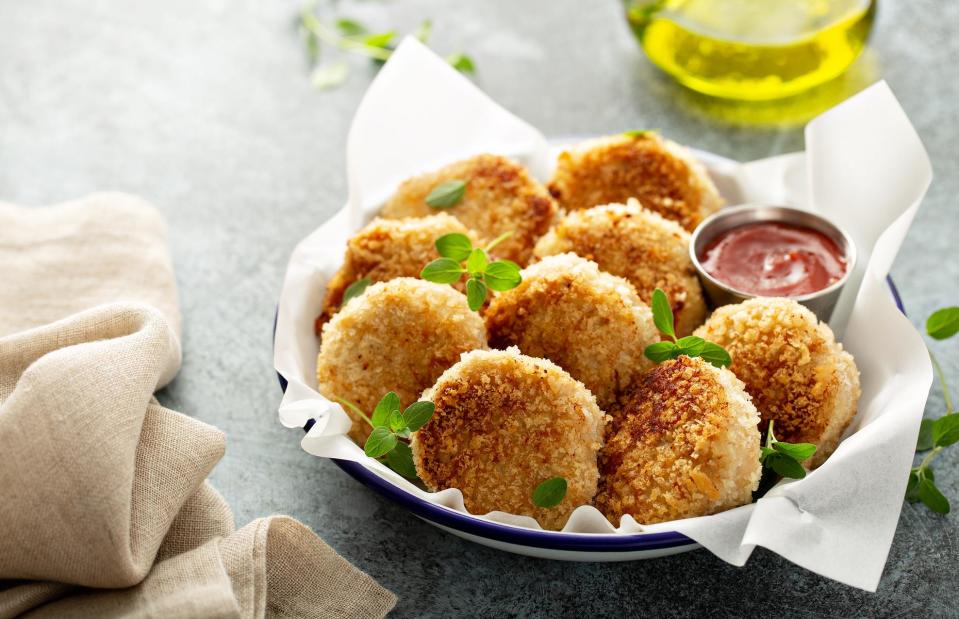
Elena Veselova/Shutterstock
Instead of coating homemade fish cakes in breadcrumbs, for a properly crispy, crunchy outer layer, Nigella recommends covering the raw patties with crushed Ritz Crackers or matzo meal. She also steers clear of frying her fishcakes, particularly when cooking for a crowd, and instead recommends baking them in the oven.
Try 'schmaltzy' roast chicken
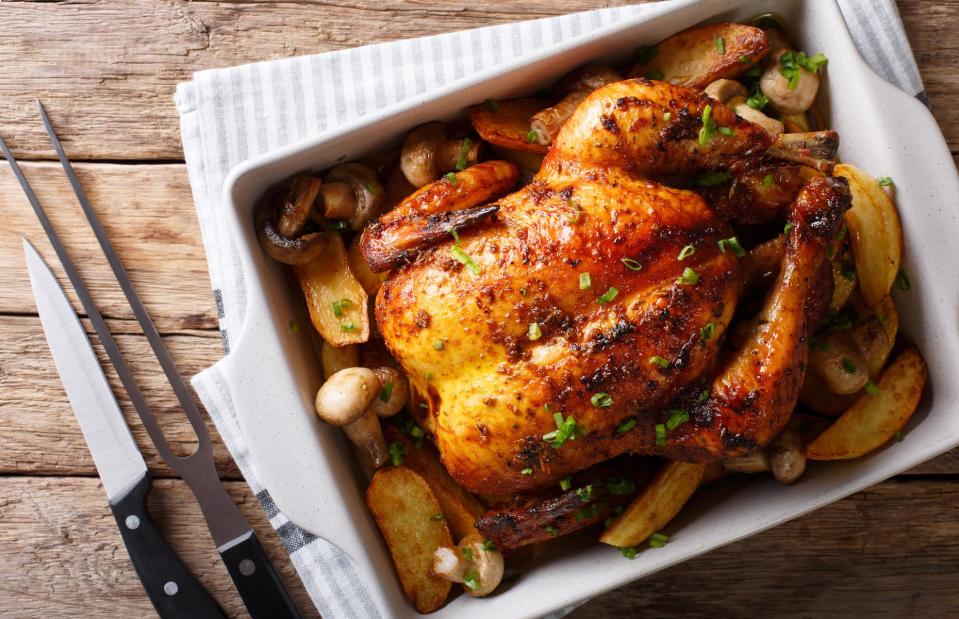
AS Food Studio/Shutterstock
Schmaltz is the Yiddish word for chicken or goose fat. For perfectly crisp roast chicken skin, Nigella suggests you take the nugget of fat out of the cavity of the chicken, render it down to a liquid in a small saucepan, then brush it over the bird before cooking.
Introduce a Japanese element to your fish fingers
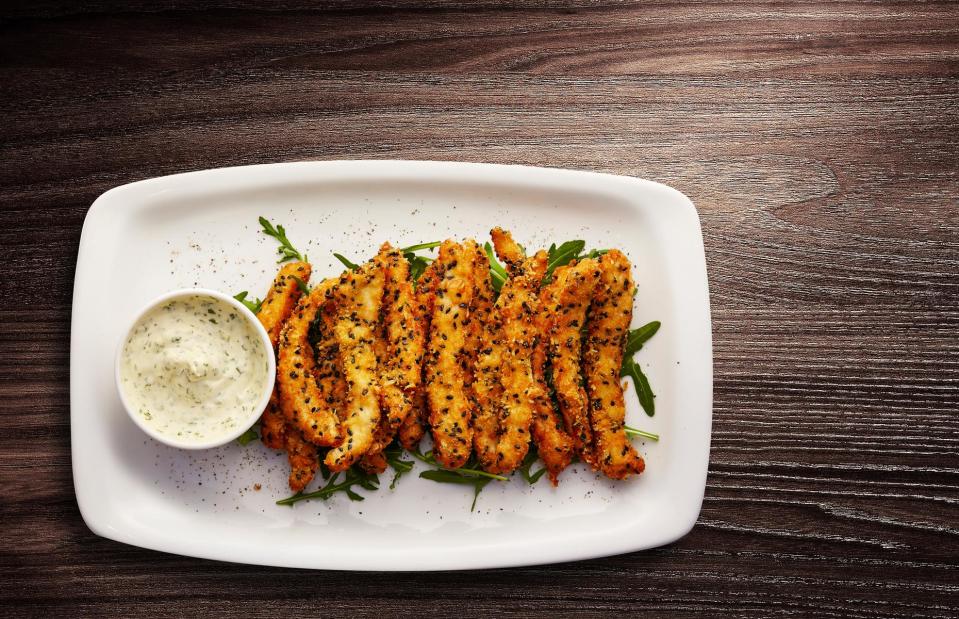
Onzeg/Shutterstock
When she makes fish fingers or goujons, Nigella prefers to use panko breadcrumbs (seasoned Japanese-style breadcrumbs) in place of the everyday white variety. She feels they give a much lighter, crispier end result, while still producing a delightfully crunchy casing.
Add spring onions to guacamole
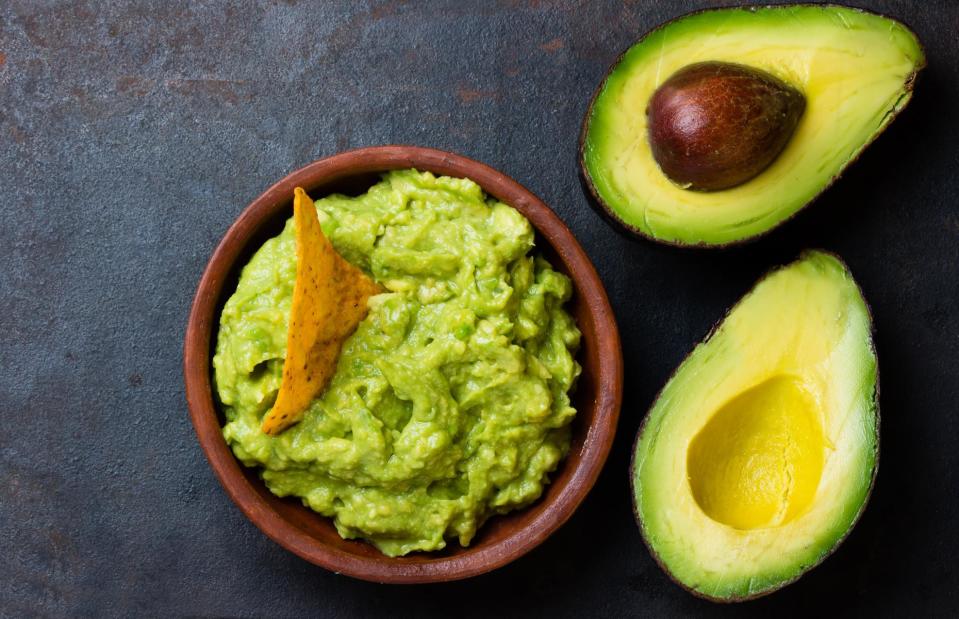
Larisa Blinova/Shutterstock
Nigella is not a fan of adding 'digestion-searing' raw onion to her guacamole. She suggests using spring onions – which have a milder flavour but still provide an onion kick – instead.
Use chicken wings for soup
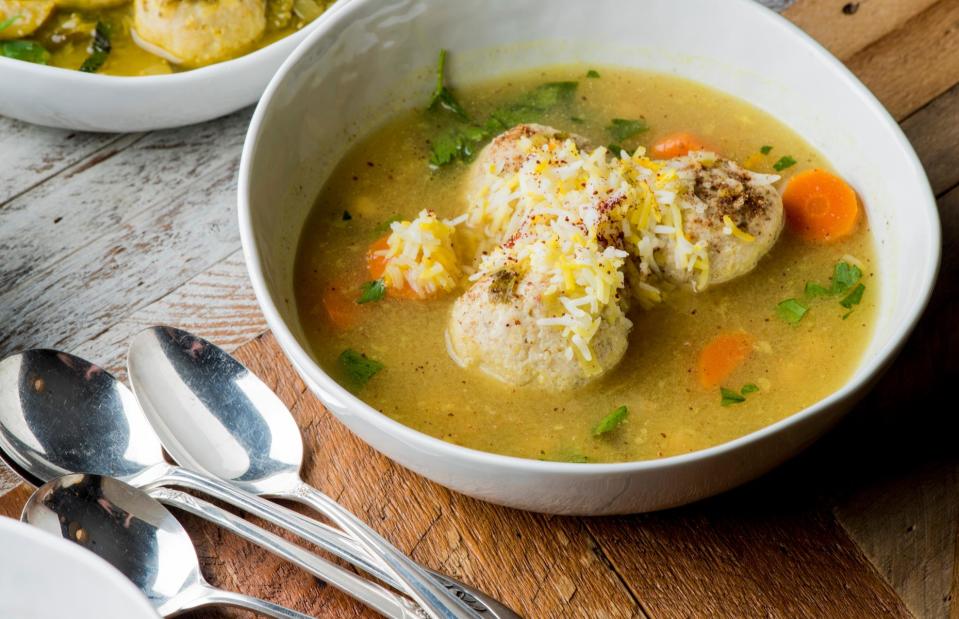
Rebecca Fondren Photo/Shutterstock
When Nigella makes her 'special chicken soup', she says using chicken wings is one of the best, and least expensive, ways to do so, since they deliver an abundance of flavour. She also freezes extra matzo balls for a quick midweek supper to eat with rice, toasted pine nuts and fresh parsley.
Don't use a knife to chop herbs
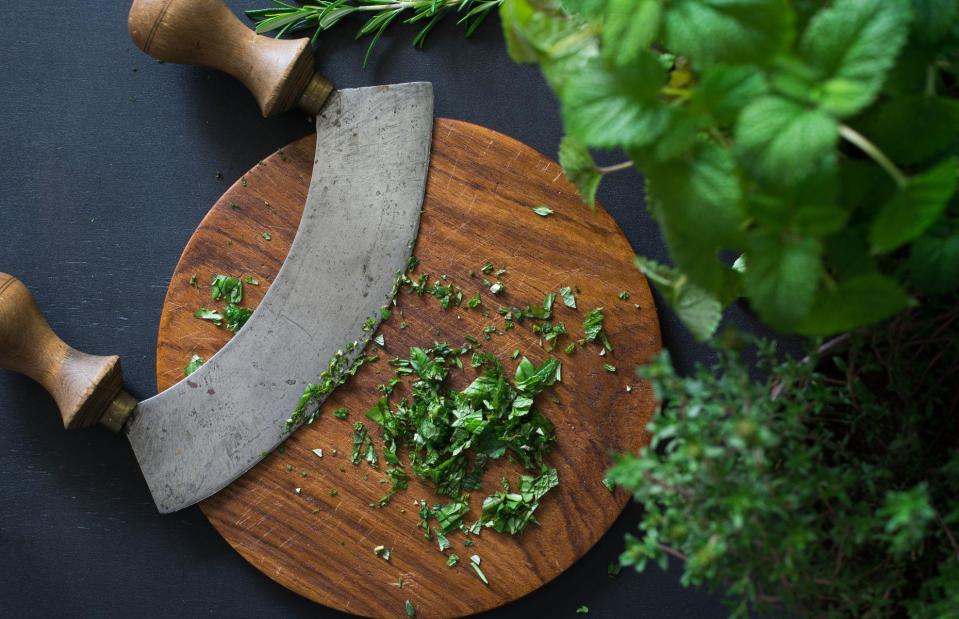
Ina Ts/Shutterstock
Nigella is a big fan of the mezzaluna, or 'half-moon' chopper, for its speed and ease of use. She uses it instead of a knife to chop everything from fresh herbs and chocolate to anchovies. She also favours a food processor for dicing onions and garlic quickly for pasta sauces, a process she says makes them meld into the sauce better.
Save your mayonnaise with water
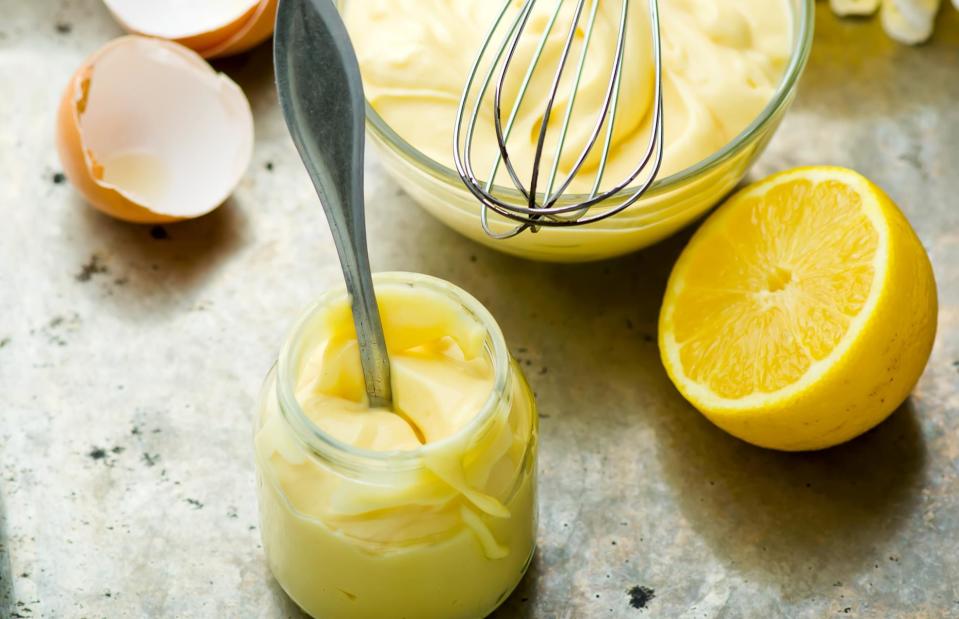
zoryanchik/Shutterstock
Making your own mayonnaise? Nigella says that there are two easy ways you can fix it if things go wrong. Mayonnaise typically splits when the oil is added too quickly, and often a small drop of boiling water can remedy the problem. Otherwise, she says to take a new egg yolk and whisk the split mixture into it very slowly.
Cook your steak hot and fast
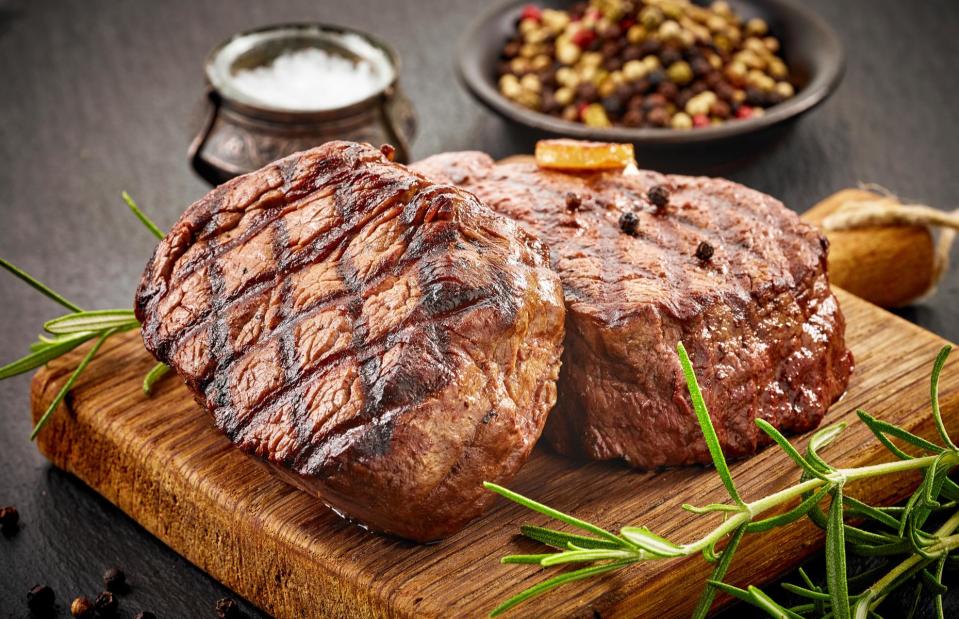
MaraZe/Shutterstock
For the perfect steak, Nigella always cooks the meat over a very high heat for a short time, just until the outside is charred and crisp. She then rests it under foil for around 10-15 minutes, without slicing or touching it, before sprinkling with sea salt and serving.
Make soup with potato water
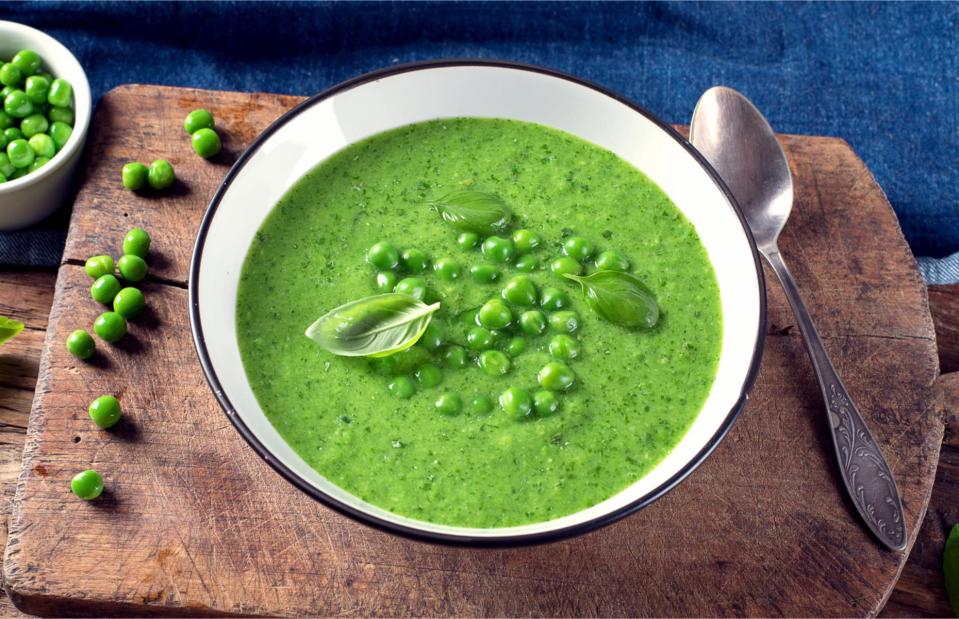
Tatjana Baibakova/Shutterstock
In her 2017 cookbook At My Table, Nigella provides a delicious-sounding recipe for garlic and Parmesan mashed potatoes. But instead of discarding the water the potatoes were cooked in, she suggests using it to make vegetable soup. Nigella whips up 'the best vegetable soup in the world' by adding frozen peas to the water, then blitzing until smooth.
Use scissors to cut dried fruit
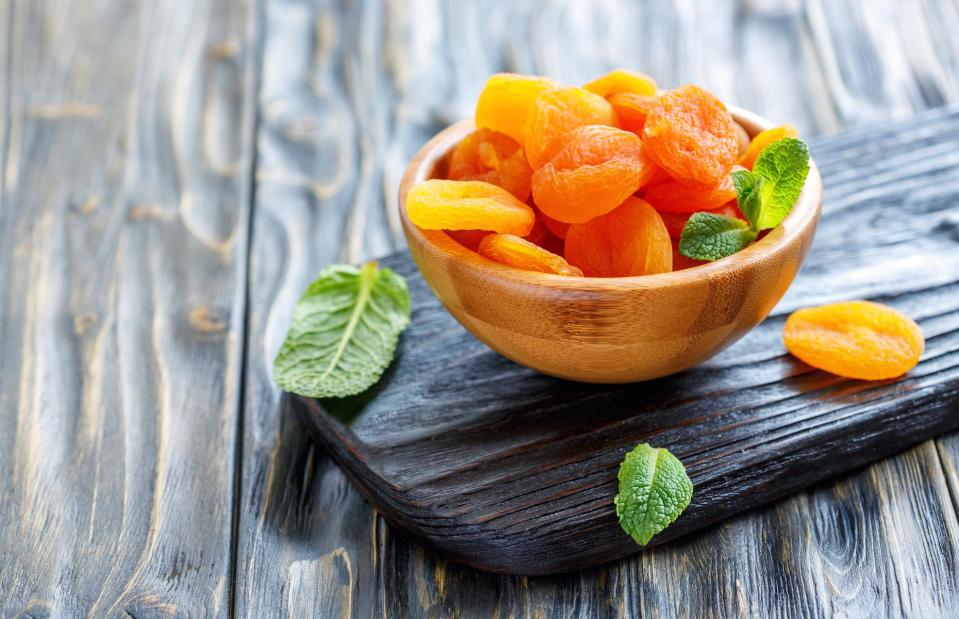
SMarina/Shutterstock
Chopping dried apricots (and other dried fruits) is a fiddly job, as the sticky pieces tend to cling to the knife. Nigella doesn’t have that problem, though, as she uses scissors to cut them instead. Cleverly, she also uses scissors to snip, rather than chop, bacon.
Get rid of your garlic press
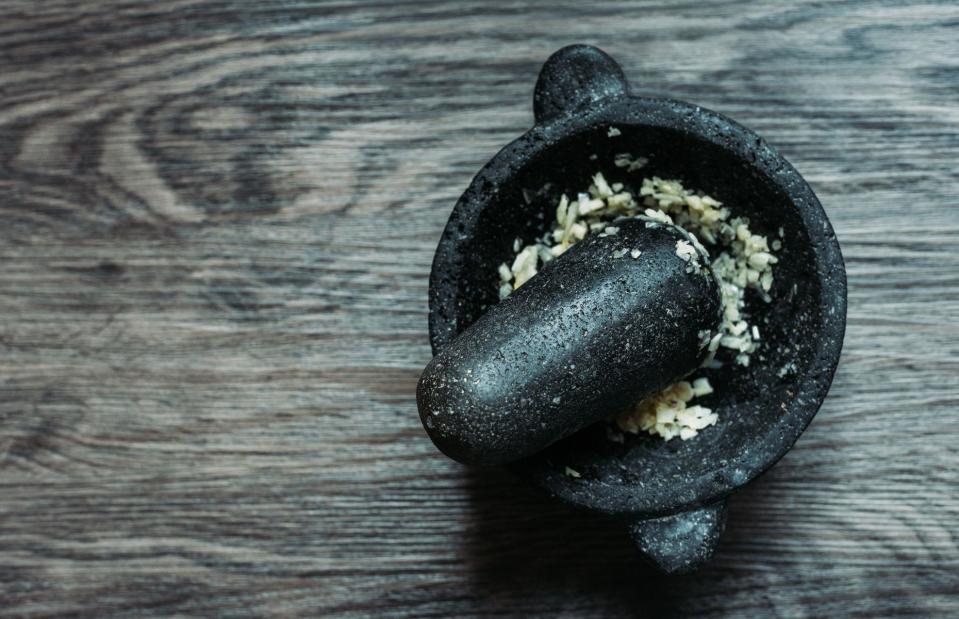
andressaaphoto/Shutterstock
Rather than using a garlic press, which can be a bit of a pain to wash up, Nigella crushes garlic in a pestle and mortar. She also adds a pinch of her favourite Maldon Salt to help the process along.
Use mashed potato for waffles
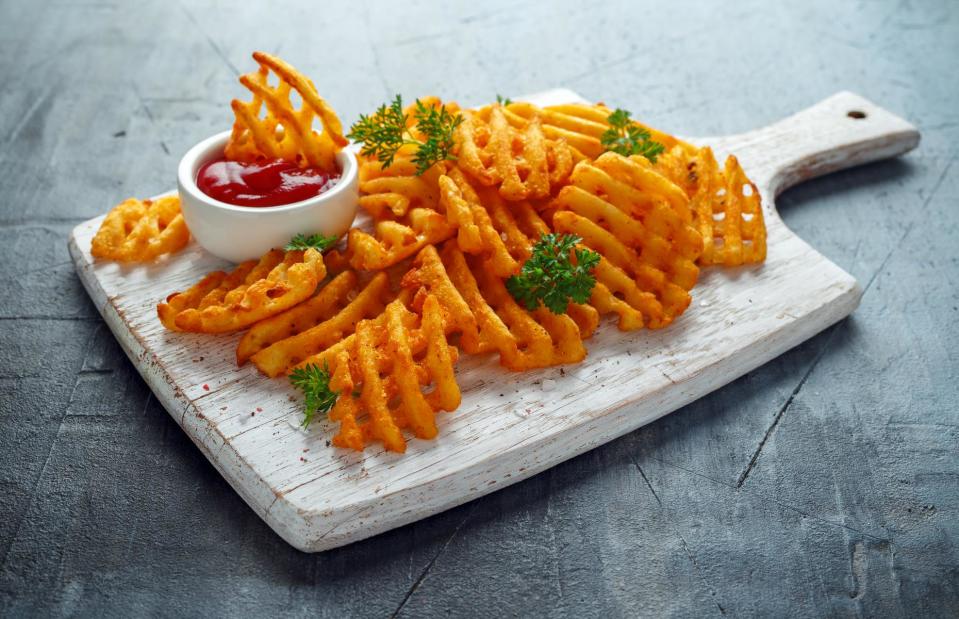
DronG/Shutterstock
Leftover mashed potatoes don’t go to waste on Nigella’s watch. Instead, she ups her weekend brunch game, gets out her waffle maker and uses the extra mash to make crisp potato waffles. A genius idea if there ever was one…
Rethink your egg timings
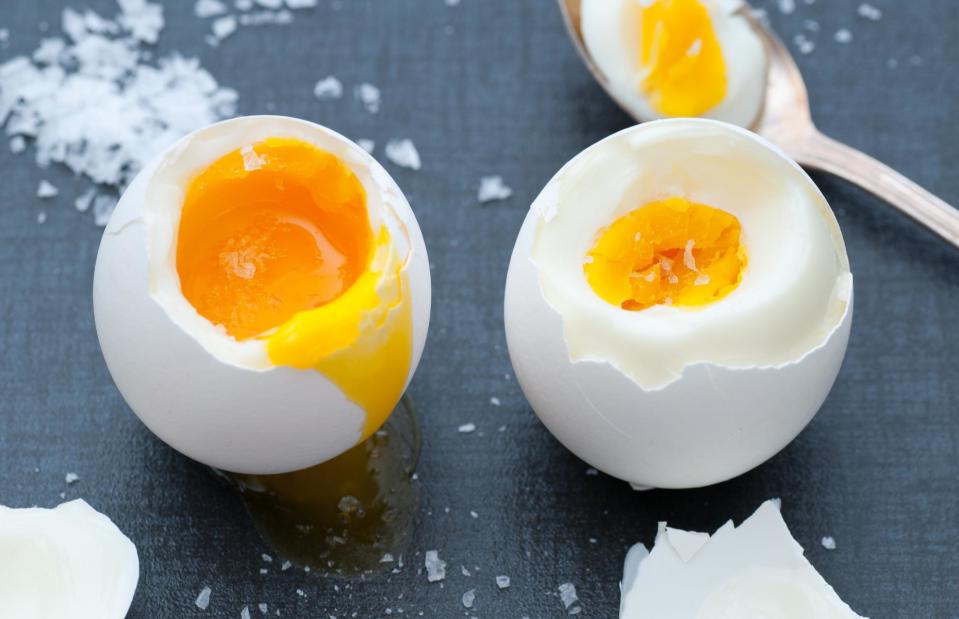
Barbro Bergfeldt/Shutterstock
Nigella's tip for boiling eggs? If they’re fridge-cold, they should go into cold water and then be brought up to the boil. If they’re at room temperature to begin with (which is preferable), they should be lowered into the water once it starts boiling. Nigella has also said that she loves her breakfast eggs boiled for four minutes, for the perfect ooze.
Stock up on orzo
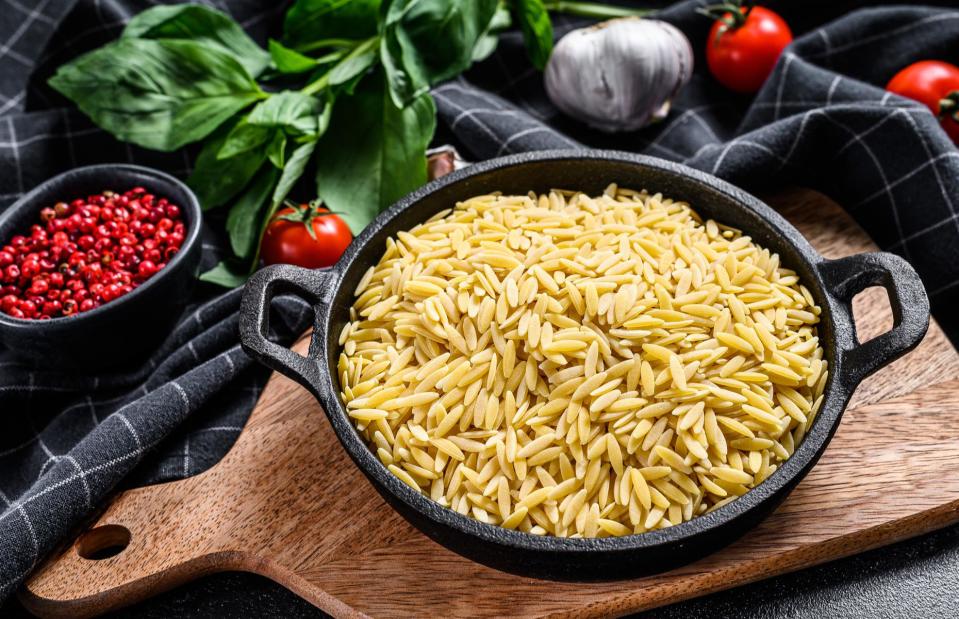
Mironov Vladimir/Shutterstock
For Nigella, orzo, a small rice-sized pasta shape, is a 'non-negotiable staple'. She says it's extremely versatile and works wonders in a variety of recipes – from salads to one-pot pasta dishes – or swapped in as a side in place of potatoes or rice.
Never discard the pasta cooking water
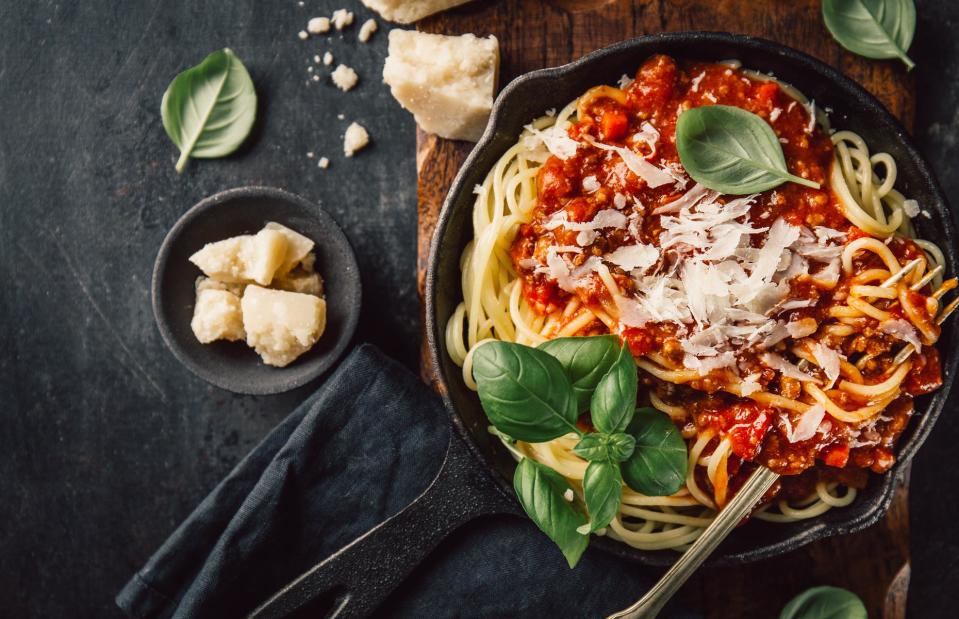
Valeria Aksakova/Shutterstock
When cooking pasta to go with a sauce, Nigella always reserves a ladleful of the pasta water before draining it. She then adds it to the sauce, which helps to give it an appealing, silky-smooth texture. Don't even think about tossing your cooked pasta in oil, either, or the sauce won't cling to it.
Always brine your turkey

Elena Veselova/Shutterstock
Nigella isn’t interested in turkey unless the notoriously dry bird has been brined. She explained her thought process in cookbook Feast, saying that: “For me the only turkey is a brined one. Not only does it tenderise and add subtle spiciness, but it makes carving the turkey much easier.” Nigella also waxes lyrical about the simplicity of this approach. “How hard is it to fill a pan or large plastic bin or bucket with water and spices and lower a turkey into it?” Well, when you put it like that...
Last updated by Dominique Ayling.
Now discover how cooking like an Italian could save you time and money

